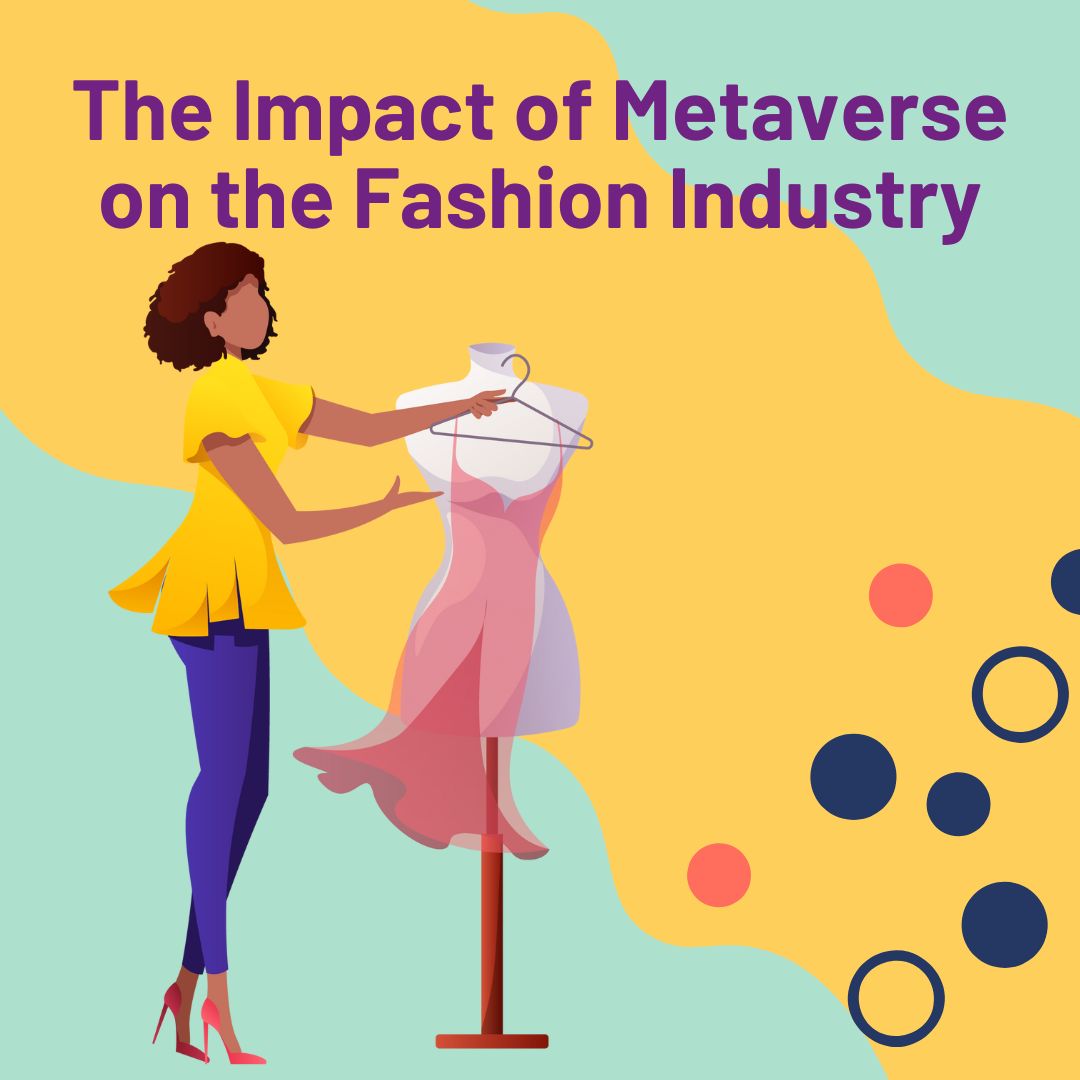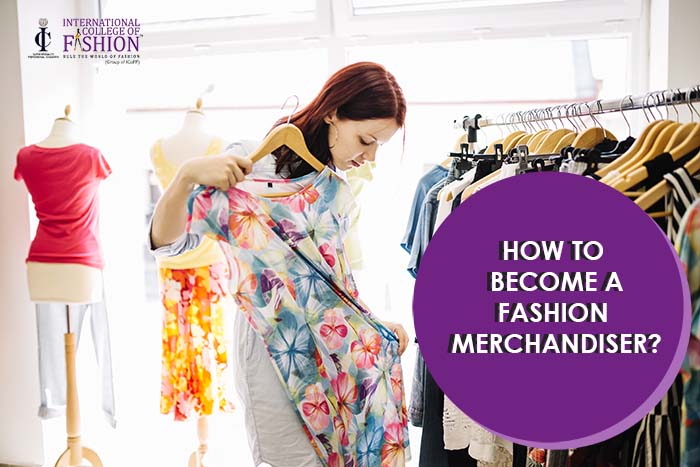The Impact of Metaverse on the Fashion Industry
The fashion industry is constantly evolving, and the introduction of Metaverse has opened a world of possibilities for fashion designers. Metaverse is a virtual world that allows users to create and explore 3D environments. It has the potential to revolutionize the way fashion is designed, produced, and consumed. How the […]
Color Forecasting in The Fashion Industry
The fashion industry is constantly evolving, and color forecasting is one of the most important aspects of staying ahead of the curve. Color forecasting is the process of predicting which colors will be popular and is an essential part of the fashion industry. By expecting which colors will be famous, […]
Career Guide: How to Become a Fashion Merchandiser?
How to Become a Fashion Merchandiser?: Designing is an important aspect of the fashion industry, but it is definitely not the only aspect. A lot of hard work goes into getting the clothes from the manufacturer to the retail shop and finally into the customer’s wardrobe. There are so many […]
Victorian Era with an Indian Twist at Asian Designer Week – 2019
Victorian era, a glamorous time period for rich Indian textiles. The fusion of these two far apart poles was the theme of our project this time. The challenge at hand was to bring to life, a garment which was set in the victorian era but fabricated in authentic Indian Textiles. […]
Style our hair with Twist Knot Headbands
If there’s anything that’s equally important for a perfect picture, a flawless social media look or even a feel-good factor then it’s undoubtedly the way you style your hair. Your hair is the extension of your personality deserves all the time and care required to strike a chord. Just like […]
DELHI TIMES FASHION WEEK
The Delhi Times Fashion Week (DTFW) had a glittering start in the capital on Friday. The three-day fashion extravaganza, powered by Danj Entertainment, had an impressive line-up of designers from the fashion industry showcasing their finest collections. Day 1 was all about festive fashion and had known names like Rina […]
Internship opportunity with Fascino Kids Fashion Week 2019
Right from our very first day at ICF, we have been gaining experiences in the fashion world and this July got us one very exciting one. An opportunity to work at the Fascino Kids Fashion Show, an exclusive Fashion Week for children between 3-14 years of age, with a series […]
A WARM WELCOME TO ICF
Oof! With a mix of thoughts and high spirits I carried the load of my pretty bag and started my day with a classic smile. I rushed through the metro and headed straight to the college. As I moved towards my class, probably every new face I saw could hear […]
The Pret Imperative
I became the head (Executive Director) of the FDCI, now nearly a decade ago. Our office was in an apartment in Saket, a common practice at that time. To reach the office on the second floor, we had to walk up the stairs and jump over a sleeping dog known […]
India is a country with various cultures and tradition
It was around 1980s; the late 80s and the 90s saw a spurt growth of fashion in India. It was only in 1999 that India showcased its first-ever fashion show. Of course, there existed many designers before the 90s but the fashion industry was never that widespread until the late […]




